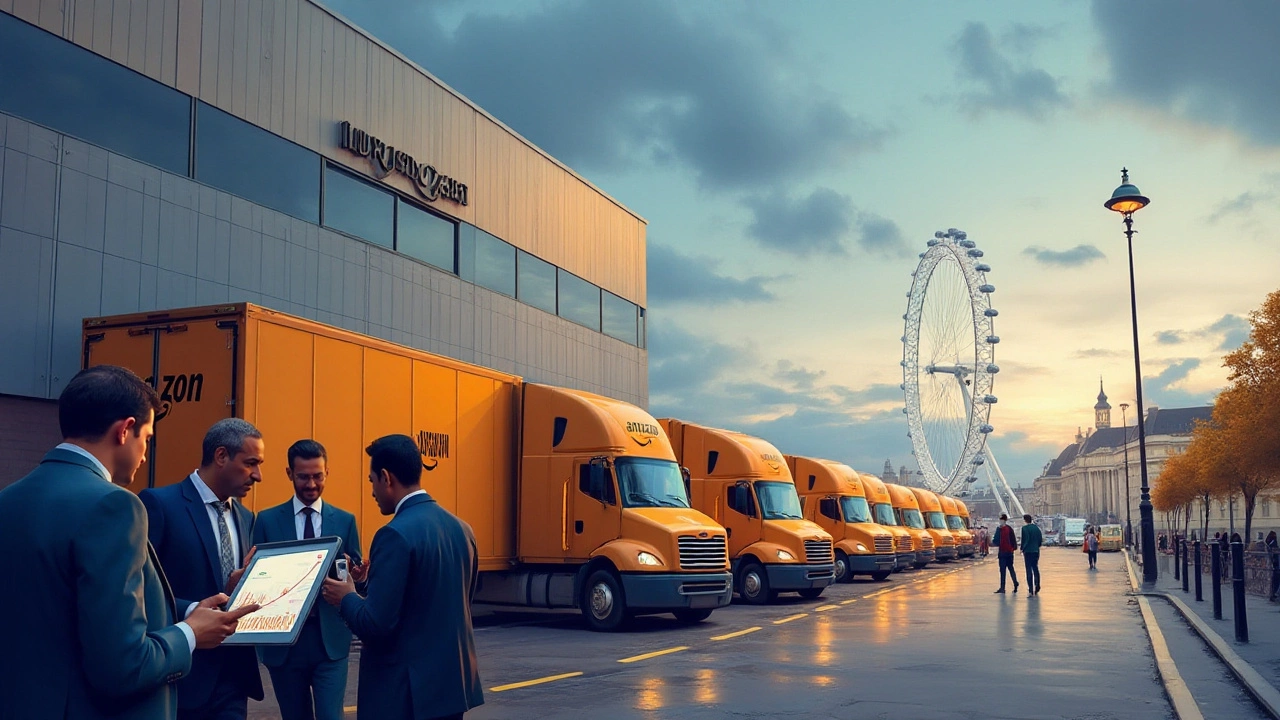Amazon Route: Speed Up Your Orders, Learn Warehouse Secrets, and Master Flex Driving
If you shop on Amazon and want your package faster, you’re in the right place. This tag gathers the most useful articles about Amazon’s delivery network, from tricks to shave hours off shipping to behind‑the‑scenes looks at the giant fulfillment centers that make it happen.
Quick Wins for Faster Amazon Delivery
First up, the easy stuff you can control. One article shows how to choose the best shipping speed after you’ve already placed an order. Set your delivery address to a nearby Amazon locker, select “Amazon Day” to batch deliveries, and use the “Prime Early Access” window when it’s available. Turning off “Signature Required” for low‑value items also cuts processing time at the carrier’s end.
Another tip: keep an eye on the cut‑off times shown on the checkout page. Ordering before the morning cut‑off often guarantees same‑day or next‑day service, especially in big metro areas where Amazon runs dedicated delivery vans.
Inside the Biggest Amazon Warehouse
Ever wondered why some orders arrive in a day while others take longer? It’s all about the distance from the fulfillment center. One of the posts dives into the largest Amazon warehouse – its size, automation tech, and how robots zip items from shelves to packing stations. Knowing that a warehouse is within 200 miles of your zip code can explain the lightning‑fast service you sometimes get.
The article also breaks down how Amazon uses “chaotic sorting,” a system that shuffles packages around to fill every delivery route efficiently. That means your parcel might hop on a different truck than a neighbor’s, but the overall network stays balanced, keeping delivery times low.
For sellers, the post offers a quick checklist: label your items correctly, use Amazon‑approved packaging, and ship to the nearest fulfillment center. Doing this reduces the time your product spends in transit, which translates into happier customers and better seller metrics.
Flex drivers have their own set of questions, especially around fuel costs. One guide explains whether Amazon Flex reimburses gas and how to track mileage for tax deductions. The rule of thumb: the app logs your miles automatically, but you can submit a fuel receipt for extra reimbursement if you’ve taken longer routes or faced traffic snarls.
Flex drivers also benefit from choosing the right time slots. Early‑morning windows often have fewer traffic jams, letting you complete more deliveries per hour. Pair that with the app’s “speed boost” feature, which highlights high‑density delivery zones, and you’ll maximize earnings while keeping customers happy.
Beyond speed, safety matters. The tag includes a post on what items you can actually send via courier or Amazon’s own delivery service. Dangerous goods, like lithium batteries or flammable liquids, need special handling, and the article lists the safest packaging methods if you ever need to ship them yourself.
In short, the Amazon Route tag is your one‑stop shop for everything from DIY delivery hacks to insider warehouse tours and Flex driver advice. Bookmark the page, try the quick wins, and watch your Amazon packages arrive faster than ever.
Exploring the cost of acquiring an Amazon delivery route is vital for potential investors and entrepreneurs looking to enter the logistics sector. This guide uncovers initial costs, ongoing expenses, and potential financial returns of owning an Amazon route. It's essential to know how these routes work, the associated costs, and the opportunities for long-term profitability. Drawing on real-world examples, this article provides insights into the daily operations and challenges faced in this business. This detailed look at Amazon delivery routes offers valuable tips and facts for a successful investment.
Feb, 1 2025
